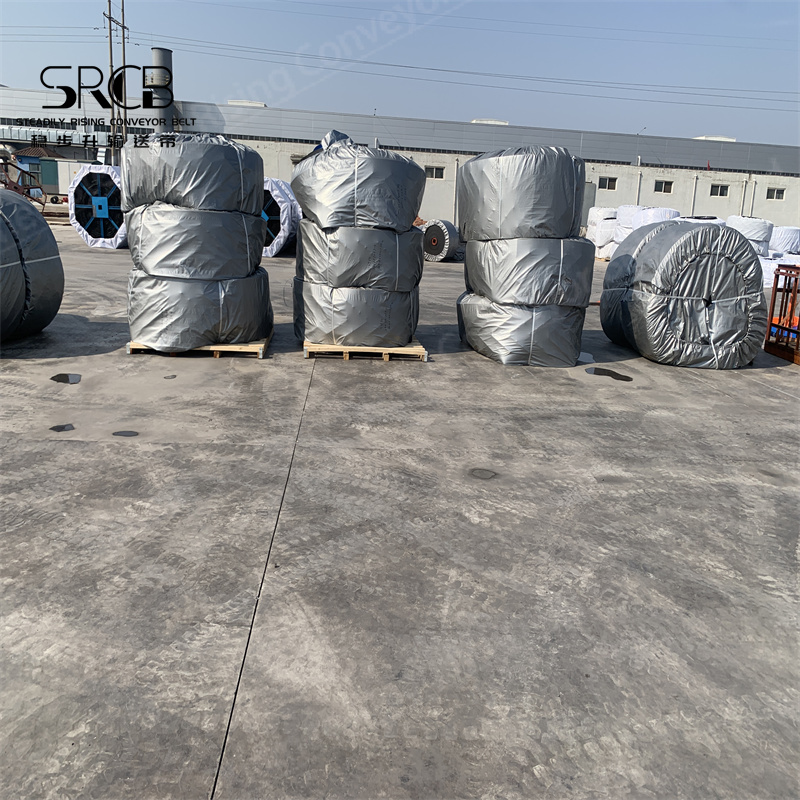
The reason caused the heat resistant conveyor belt that often cracks
2024-04-16 00:54In September of the previous year, our company shipped a 36-meter heat-resistant conveyor belt with a bandwidth of 1000mm to a slag treatment plant in Australia for the transmission and transportation of slag materials.
The heat-resistant conveyor belt is made of multi-layer rubber cotton canvas (polyester cotton cloth) or polyester canvas covered with high temperature resistant or heat-resistant rubber, and is vulcanized and bonded together at high temperature.
It is suitable for conveying hot coke below 175℃. Cement, slag and hot castings, etc.
It is mainly used in metallurgy, construction and other industries to transport high-temperature materials such as sinter, coke, cement clinker, etc. The material temperature does not exceed 800°C and the belt surface temperature does not exceed 220°C.
Heat resistant conveyor belt is made of multi-layer rubber cotton cloth(polyester cotton cloth), or the polyester canvas cloth covered with high temperature or heat resistant rubber which is bonding together by high temperature vulcanization, it is suitable for conveying the hot coke, cement and slag that the temperature is under 175℃. Heat resistant conveyor belt has 3 common joint methods such as mechanical joint, cold glue joint and hot vulcanization joint.
The strength of the joint will lower than the strength of the belt itself. When apply the mechanical joint, the joint strength can only reach 40-50% of the belt strength. Heat resistant conveyor belt choose to be bonded with the cold glue, the strength of the joint could reach 60-70%; if choosing the hot vulcanization joint, the joint strength of the conveyor belt could reach 80-90%(correct joint methods, no quality problem the strength joint part of the conveyor belt will be low, if the joint methods is wrong, the joint strength of the conveyor belt will be lower)
If the next layer of canvas is damaged when cutting or conveyor belt grinding, excessive grinding, insufficient overlap length, insufficient number of steps, poor rubber performance of joints or self-sulfurization, excessive grinding, rust, etc. The strength of the joint will be much lower and it is easier foe the conveyor belt joints to disconnect and crack during use. If sealing glue is not used or the direction of the joint is wrong, the conveyor belt joint(surface glue part) will also crack.
Avoid the cracking from the source, strengthen the quality of the coal conveyor belt, increasing decontamination equipment to remove impurities, reduce impurity and lumps of coal. In recent years with the improvement of the coal quality, the phenomenon of conveyor belt that teared by the impurity has greatly reduce. Adding the cracking equipment could able to check result in a short time, issue an alarm and shut down the machine. Due to the belt tearing is caused by many factors can not be completely avoided.
Using the anti tear equipment and the inspection equipment used are mainly tear inspection equipment, which are usually located at the blanking point and are composed of senors and controllers. The sensors are installed under the conveyor belt or next to the chute and the controller is installed on the side of the machine or indoors. When the debris tears the conveyor belt the debris of materials that penetrate the conveyor belt are kneaded.

